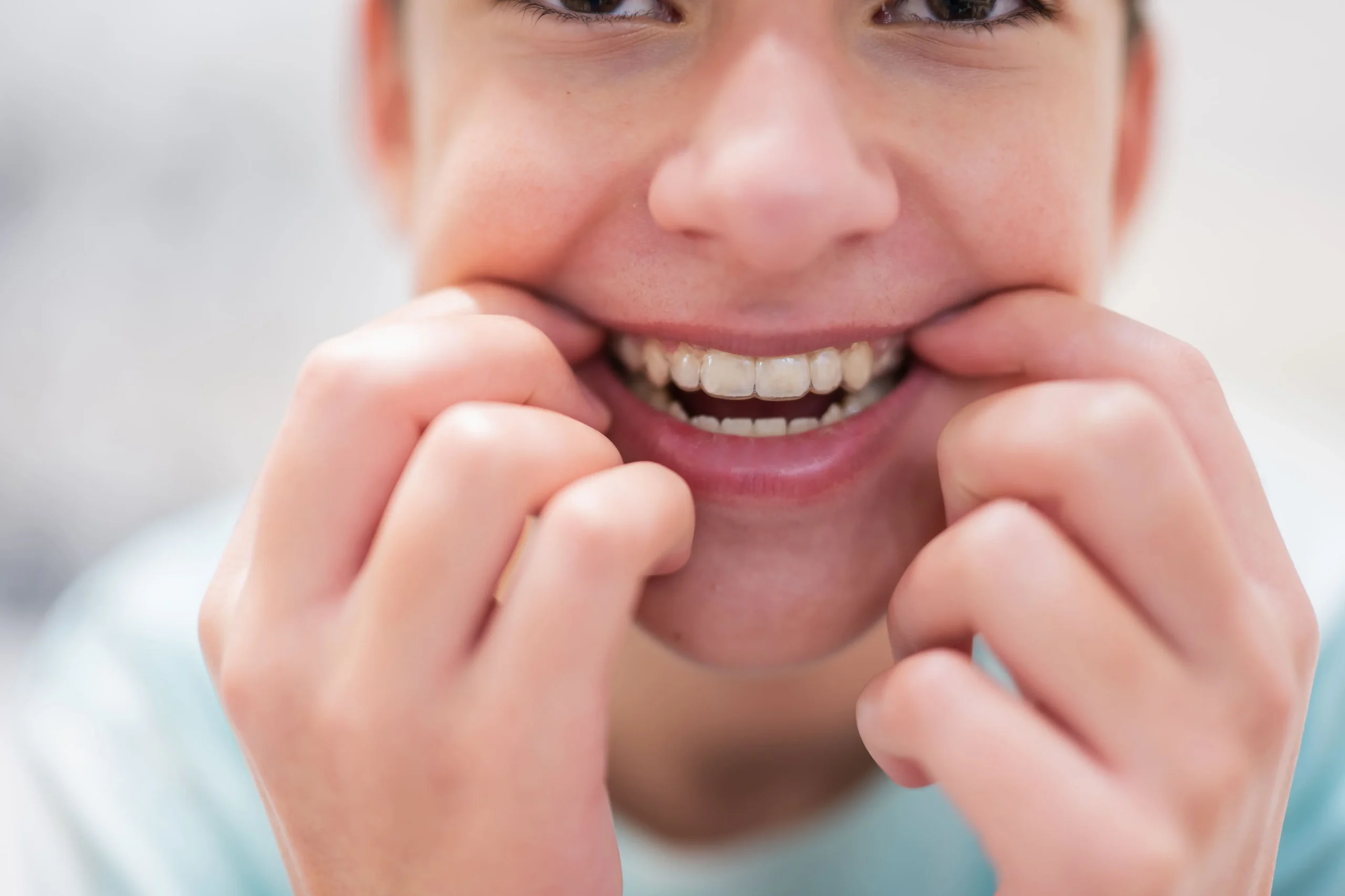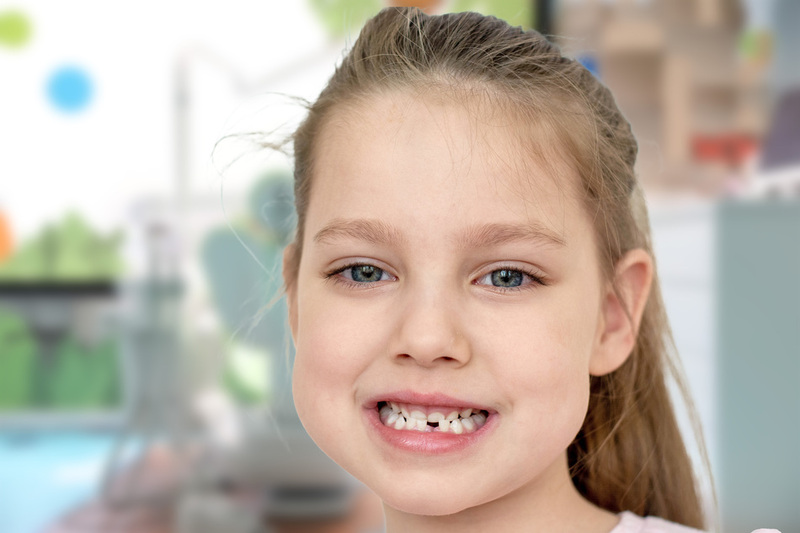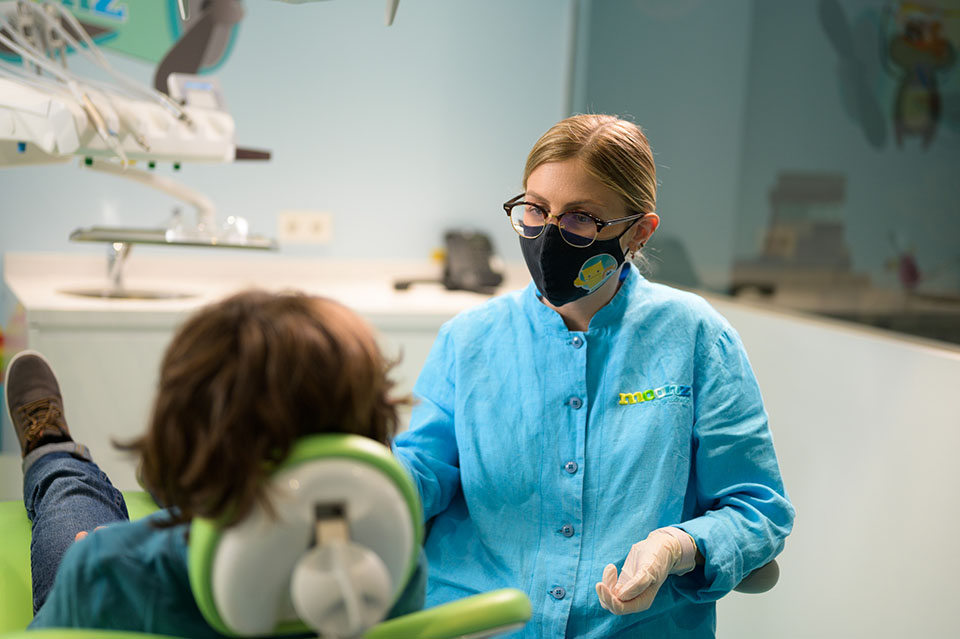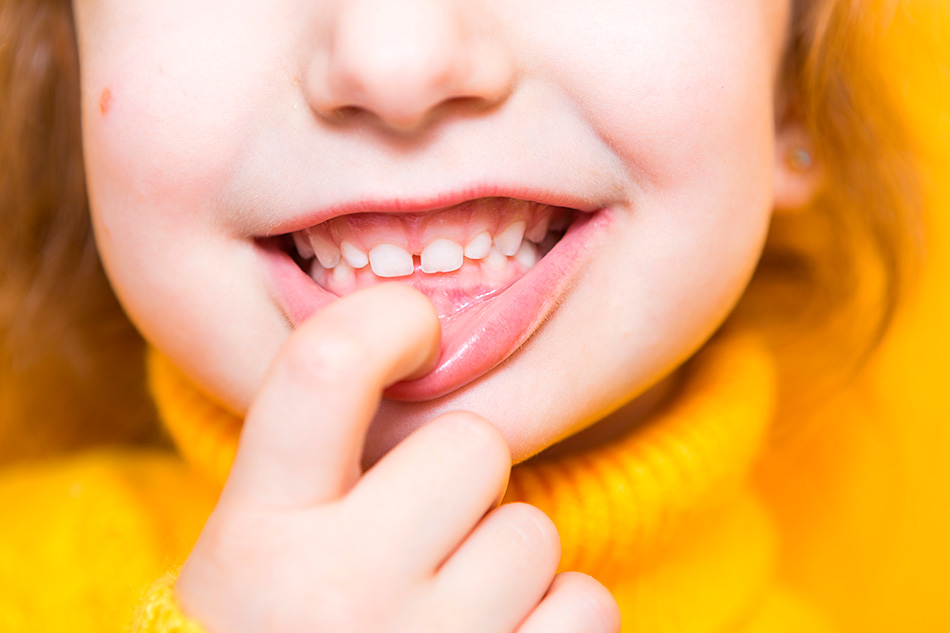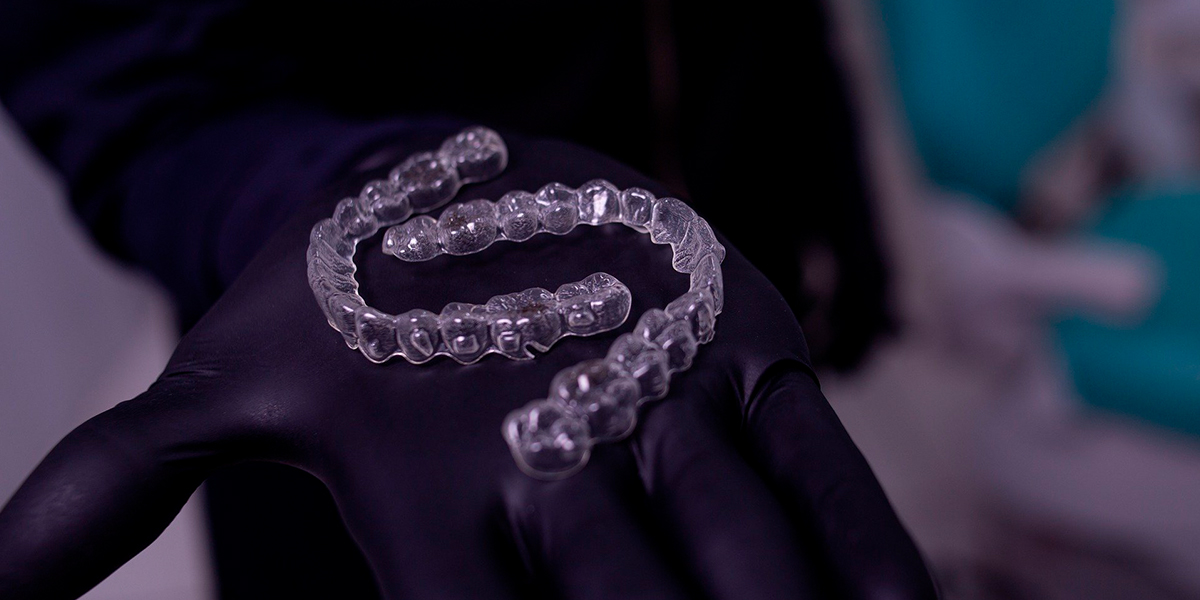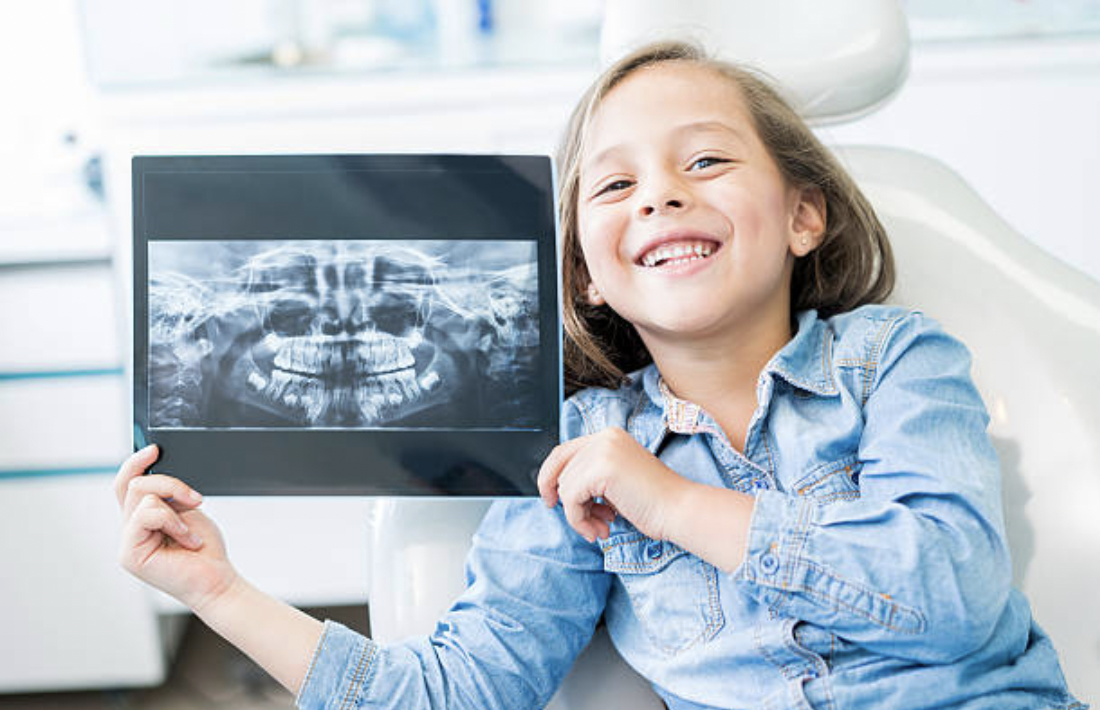Many associates fixed or removable appliances in adolescence stages, without knowing that the field of orthodontics may be present in a baby’s mouth for different reasons depending on dental development; Today there are many types of orthodontics: preventive, interceptive, dentomaxillary, corrective, orthognathic, among others. Orthodontics is key to having good oral health, they are also often placed for aesthetics. Who doesn’t want to have a perfect smile? Therefore, today we will tell you the advantages of using fixed appliances vs. Removable appliances in orthopedic phases.
As its name indicates, fixed apparatus is the one whose best known name is “brackets” and this therapeutic device is temporarily adhered to the teeth, usually to correct the positioning of the teeth or jaws; From the technical side, these appliances are divided into two parts, achieving tooth movement between them.
– Active: the orthodontist will generate forces by deforming the materials to achieve the desired dental result, with the deformation of the material we refer to the arches and wires that are normally nitinol or stainless steel and the elastic bands and expansion or contraction springs depending on the case.
– Passive: they are used by orthodontists to apply force to the crown of the teeth through the retention or support elements.
For its part, there are two types of fixed appliances and it will depend on the area where the appliance is placed:
– External: they are placed on the teeth.
– Internal: known as lingual appliances, they are not visible and are placed on the inside of the teeth
Fixed appliances have advanced unstoppably in recent years, and we can find it from different materials:
– Metal: they are the most common, made of stainless steel.
– Ceramic: they are less visible, but need more care.
– Plastic: despite being transparent, they break easily
– Gold: its manufacture is with stainless steel but later they are plated in gold which makes them more resistant, but also more visible
– Sapphire: it is the most expensive material, very resistant, difficult to stain and totally transparent.
With fixed appliances, we do not run the risk of loss or breakage, and over the years they have become more aesthetic.
However, removable appliances are also used to correct abnormalities in the position of teeth and to guide the growth and development of the maxillary bones; but, unlike fixed appliances, treatment with milk teeth can be started, preventively or interoceptively.
This type of appliance can help correct bad habits such as thumb sucking, which normally deforms growth; They can also treat bone defects such as alterations in the maxillary growth, of the palate or help the early alignment of the definitive teeth
The removable appliances are more effective the more they are used, the ideal is to just remove them from the mouth to eat and brush the teeth; It can correct some malposition and act on the facial bones, also improving facial aesthetics, it can also avoid muscular and cervical pain and bite problems.
Some of the problems that removable appliances can solve in orthopedic phases are:
– Narrow palates
– Cross bite
– Excess or lack of space between the teeth
– Abnormal development of the maxillary bone either superior or inferior
– Space maintenance against premature tooth loss
Now that we know what the different types of appliances are and what they are for, we will tell you the advantages of fixed appliances vs. removable appliances in orthopedic phases, considering that both are effective, safe and help us achieve the proposed objectives.
1.- Advantages of fixed appliances:
– They do not need the collaboration or effort of the patient, they only need to keep appointments that are normally monthly.
– The orthodontist is able to measure the force used in metals, as well as their intensity and direction.
– They are usually treatments with shorter established periods of time.
– They have no negative influence on phonation
2.- Advantages of removable appliances:
– Intermittent forces, they do not generate so many annoyances.
– Better dental hygiene, by being able to remove them to eat and brush your teeth
– Controls with the patient are more spaced and shorter
– They are less aggressive with tooth enamel.
– They protect the teeth of children playing or practicing sports.






